With a full-time job and a complete household to manage, emptying a flooded basement is not something you want to do. However, prior to beginning the cleaning process, it is imperative that you identify the source.
Once you have identified the source, you can peacefully start the cleaning process. There are certain safety precautions you must take before you step foot into your flooded basement.
What is the first step to take after the flooding?
Prior to stepping foot in your basement that is flooded with water, switch off any power supply connected to the basement. This is important to do. In case you cannot figure out how to switch off the power, get in touch with an electrician and seek help but make sure you do it.
Once the electric power is shut off, identify the source of the floodwater. Let’s say you have a flooded basement after a monsoon season, then you need to wait for the storm to pass and then enter the basement.
However, if the water entered your basement through another source such as a broken pope, then you need to tackle the problem differently.
But, if you fail to identify the source of the water causing the flood, then it is wise to hire a plumber for assistance. He can then guide you on who to consult further such as a water restoration company or a waterproofing expert.
What to do in the cleanup step?
The first step is to get rid of the standing water in the basement using a pool pump, bucket, or a drying vacuum. Try to get rid of as much water as you can, and then remove the water-damaged furniture from your basement, and leave them out in the sun to dry out.
You must wait for 2 days at least for all your wet items and furniture to completely dry out. In an ideal situation, you should throw away items that are damaged too far ahead otherwise they are at serious risk of mold infestation.
You must sift through and throw the items that cannot be repaired, they can harbor bacterial growth and are not safe to be kept around humans. If you have a carpeted basement, then remove the carpet instantly to allow the floor underneath to dry out.
The next step is to give your empty basement at least 7-10 days for drying. But you can speed up the drying by opening the windows or installing drying fans. The fans enhance the air circulation and quicken the drying process.
When your floors have dried, use a cleaning liquid to wash the floor and the walls to get rid of any leftover floodwater. During this step, if you see any kind of cracks, damages, and issues with the insulation or your walls including mold infestation.
How can one waterproof their basement to prevent future damages?
In order to curb the flooding issue in the future, it is important that you waterproof your entire basement. You can do this by regularly cleaning your drainage gutters so that they can hold rainwater during the storm season.
When the drainage gutters are dirty and clogged by tree branches, shoppers, and other items, water can flood inside your home’s walls and basements resulting in serious water damages. You have to take cautionary measure for water extraction. The aim should be to redirect the rainwater far from your residential surroundings so that it does not stand around and weaken the foundation.
See the landscape around your house, make sure the ground slopes away from the main building structure, not the other way round. Even the plants should be planted one foot away from the house.
Be careful about the trees planted around your home, if the trees are old and have deep roots they can result in a weak foundation and the development of cracks.
You can invest in waterproof paint for your basement’s walls and floors. This paint is easily available to any painting contractor and can fight the moisture from the flood. Moreover, you can install a sump pump that helps change the direction of water flow away from the main structure of the house.
But if you are skeptical about any of these steps, you are better off hiring a professional plumber or a water restoration company. Get quotations from different plumbers, compare and contrast their offers and then choose one.
Inquire with your plumber whether the repairs and replacements are long-term or temporary fixes. You must also verify the licensing and insurance of your plumber. Do not waste money with an amateur, get someone experienced to help you.

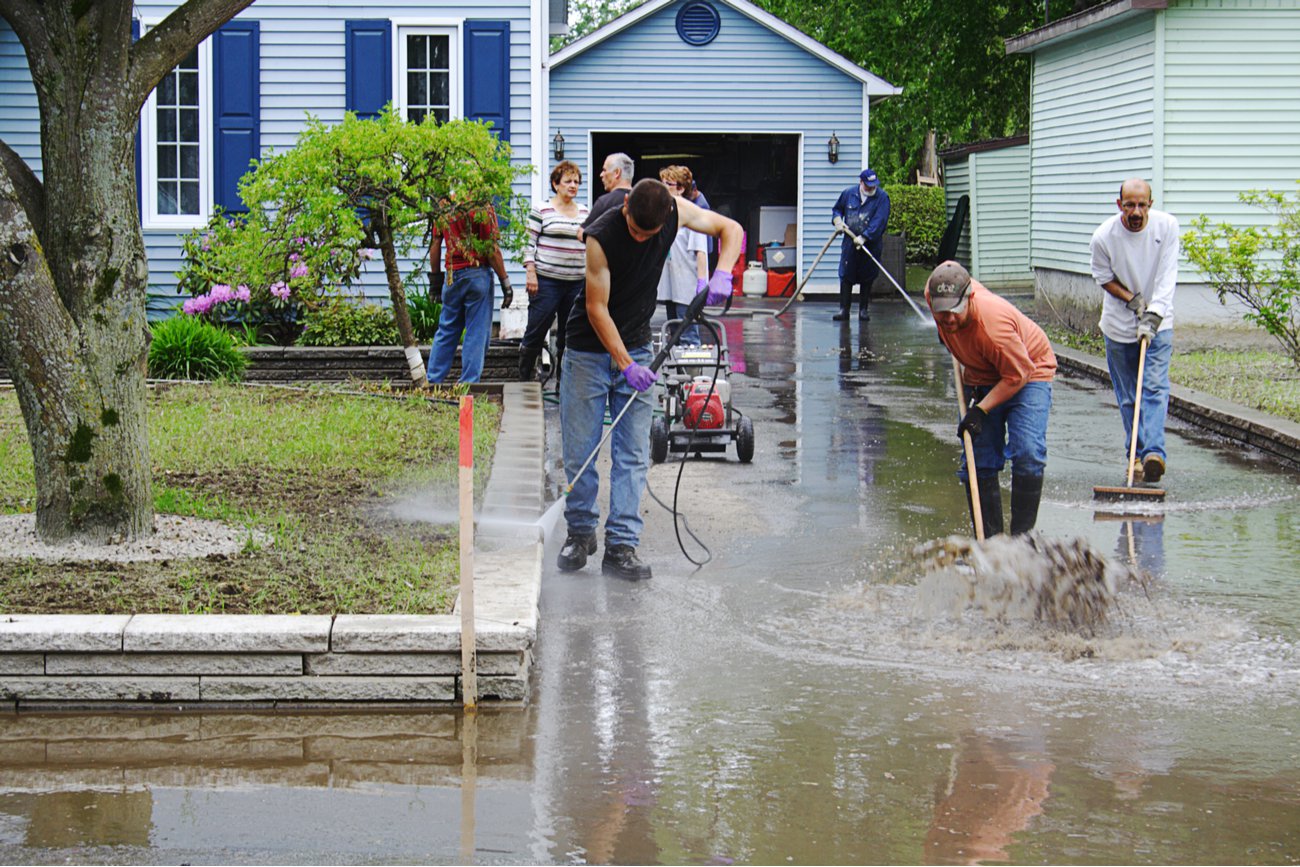
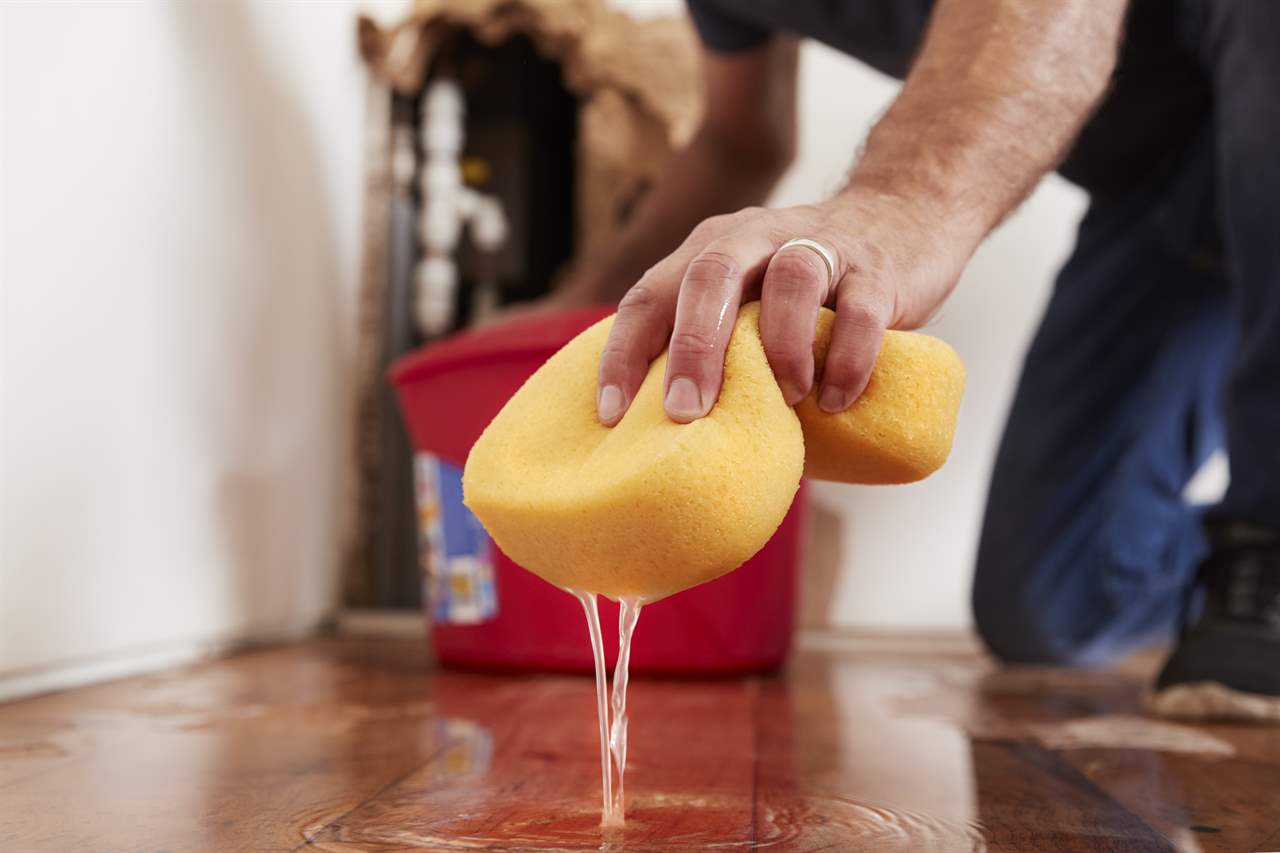
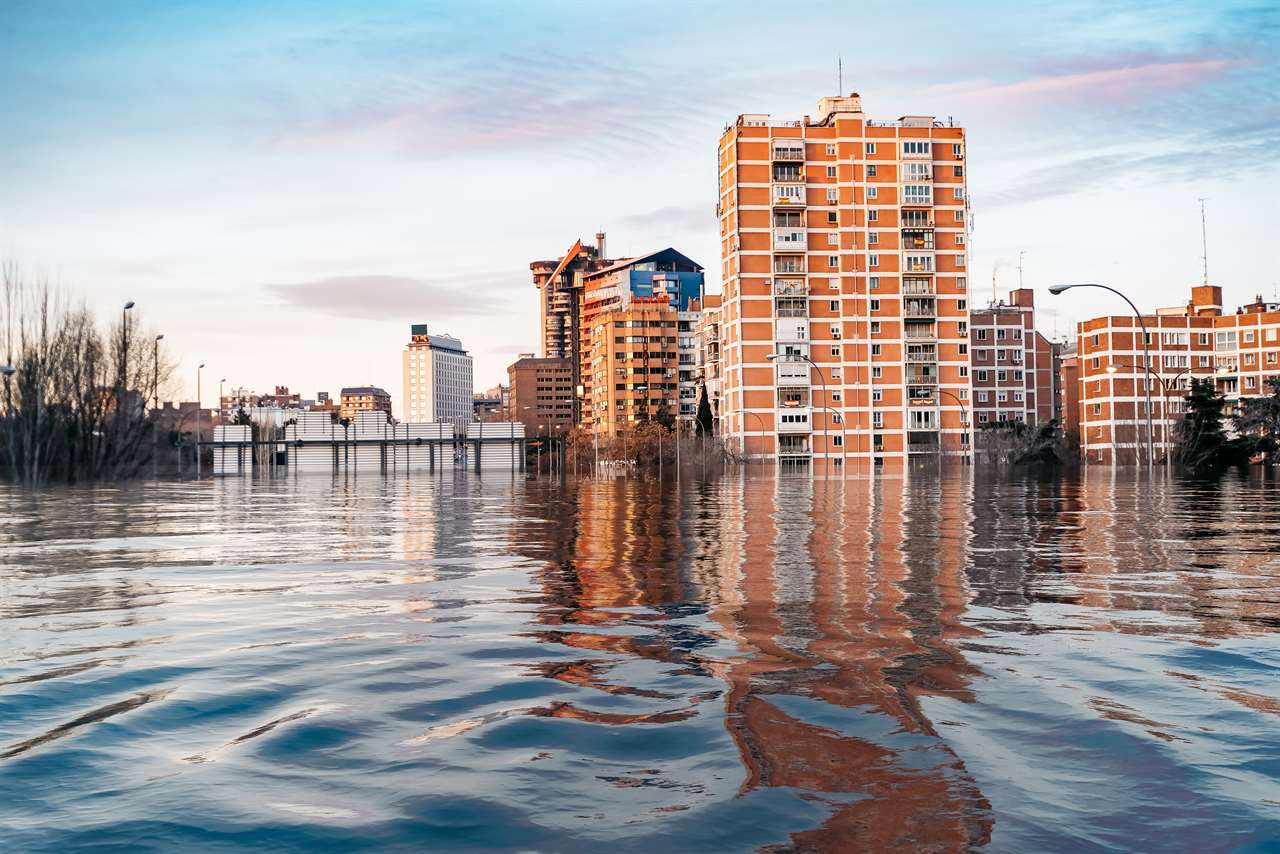
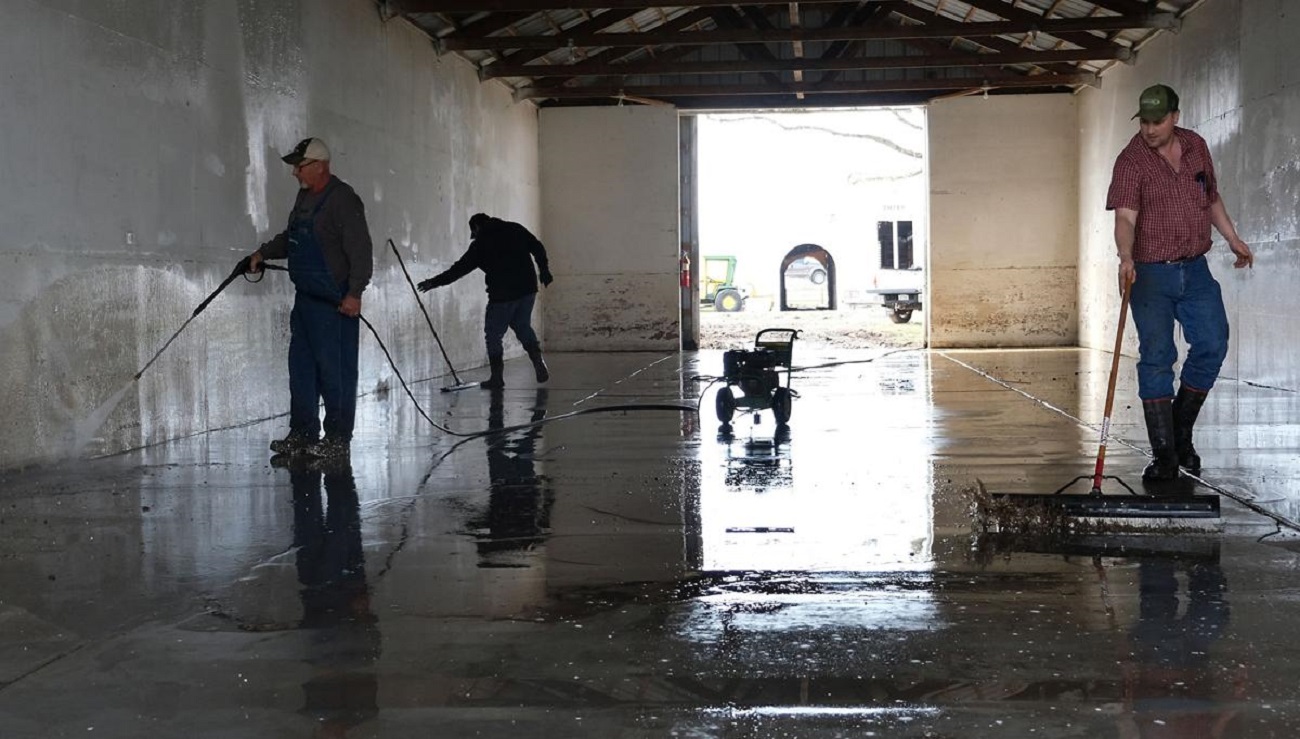
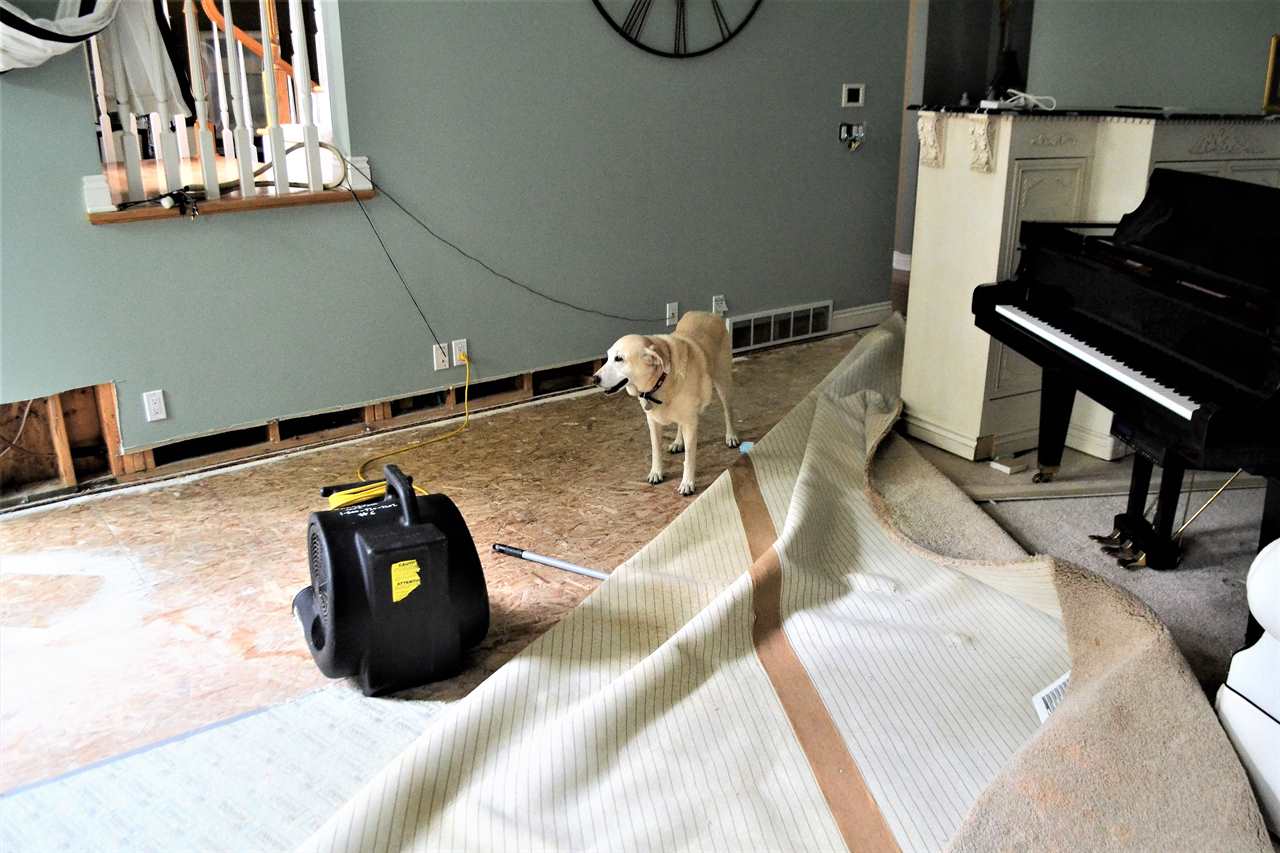
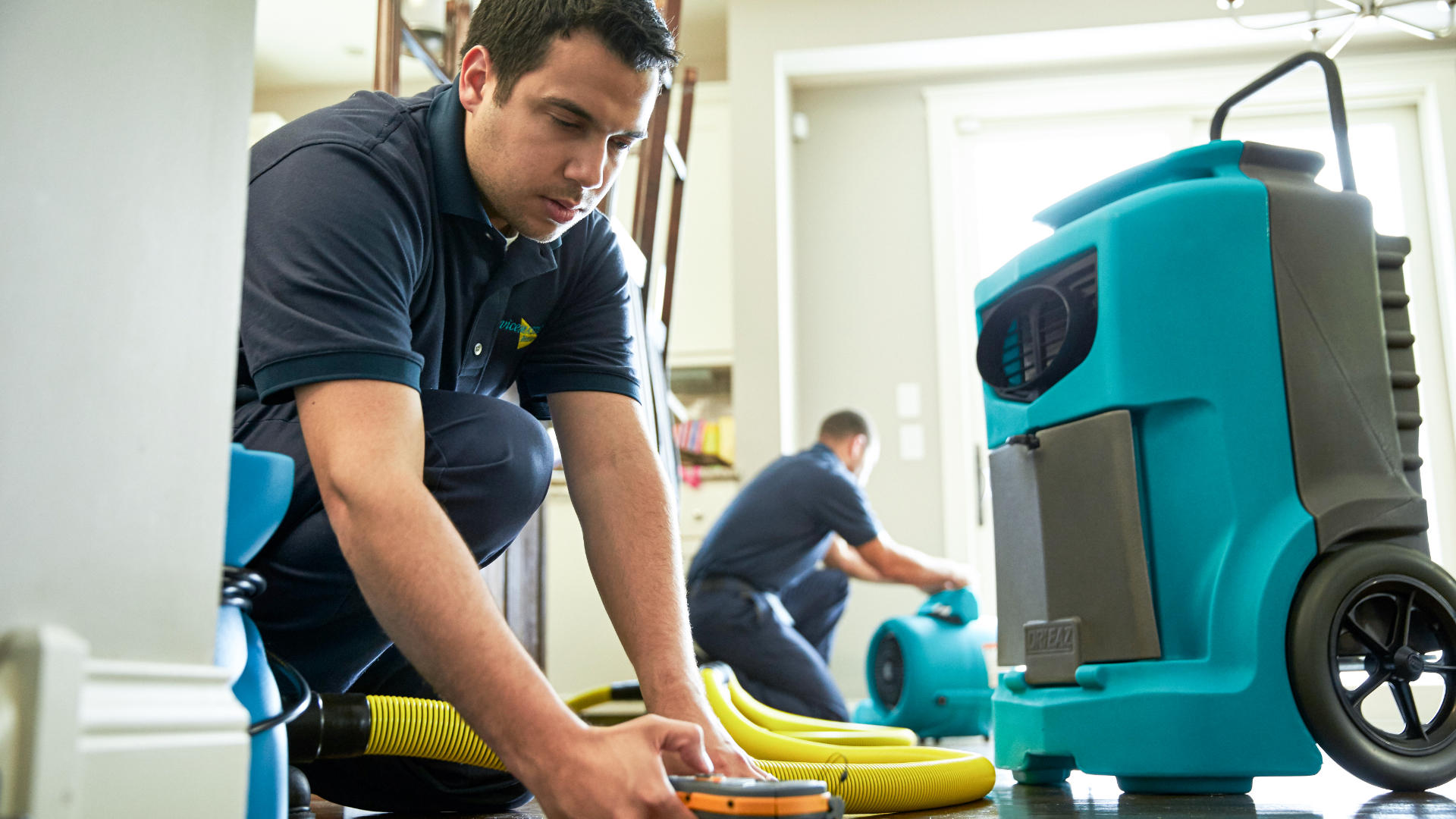
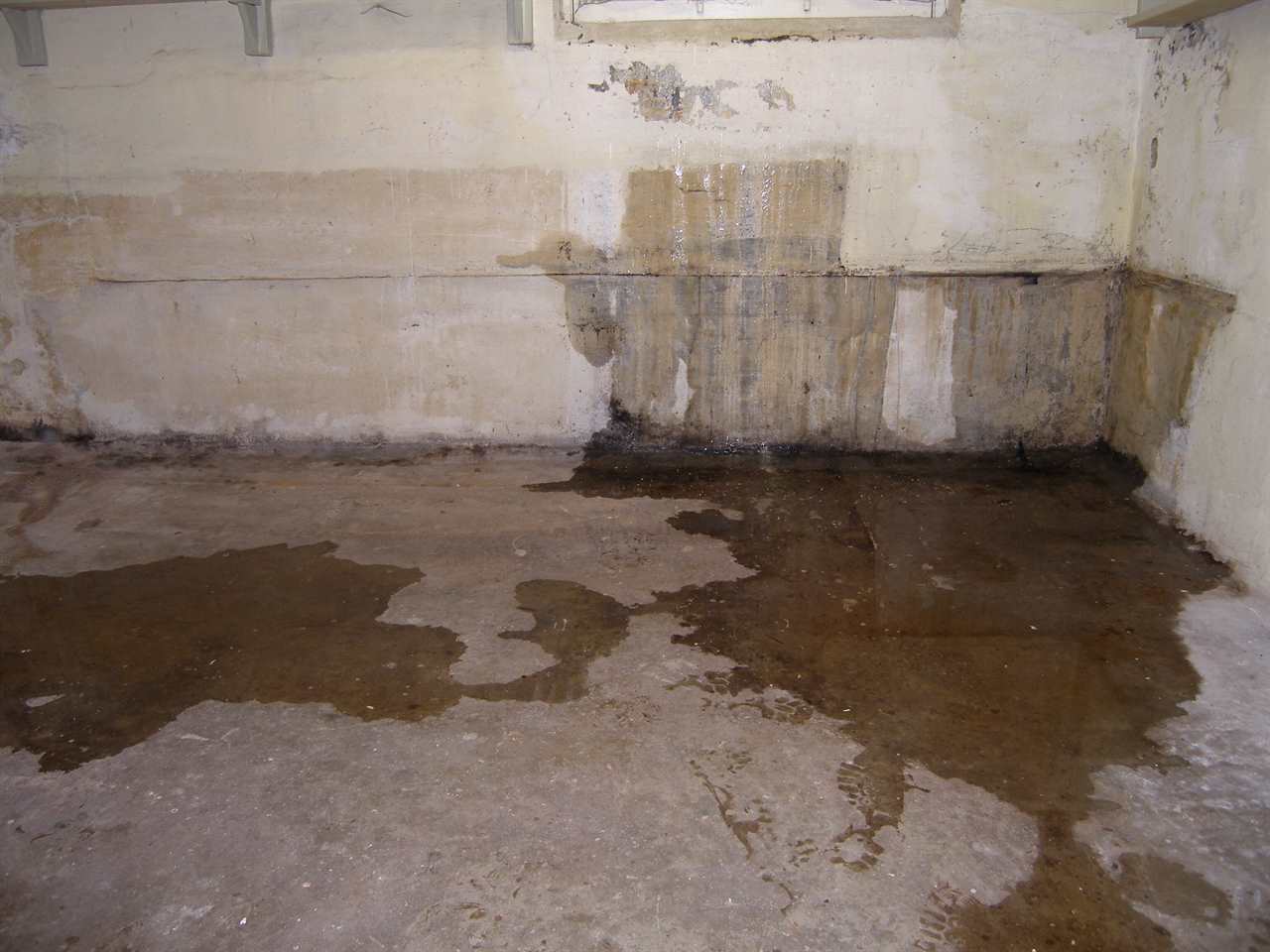



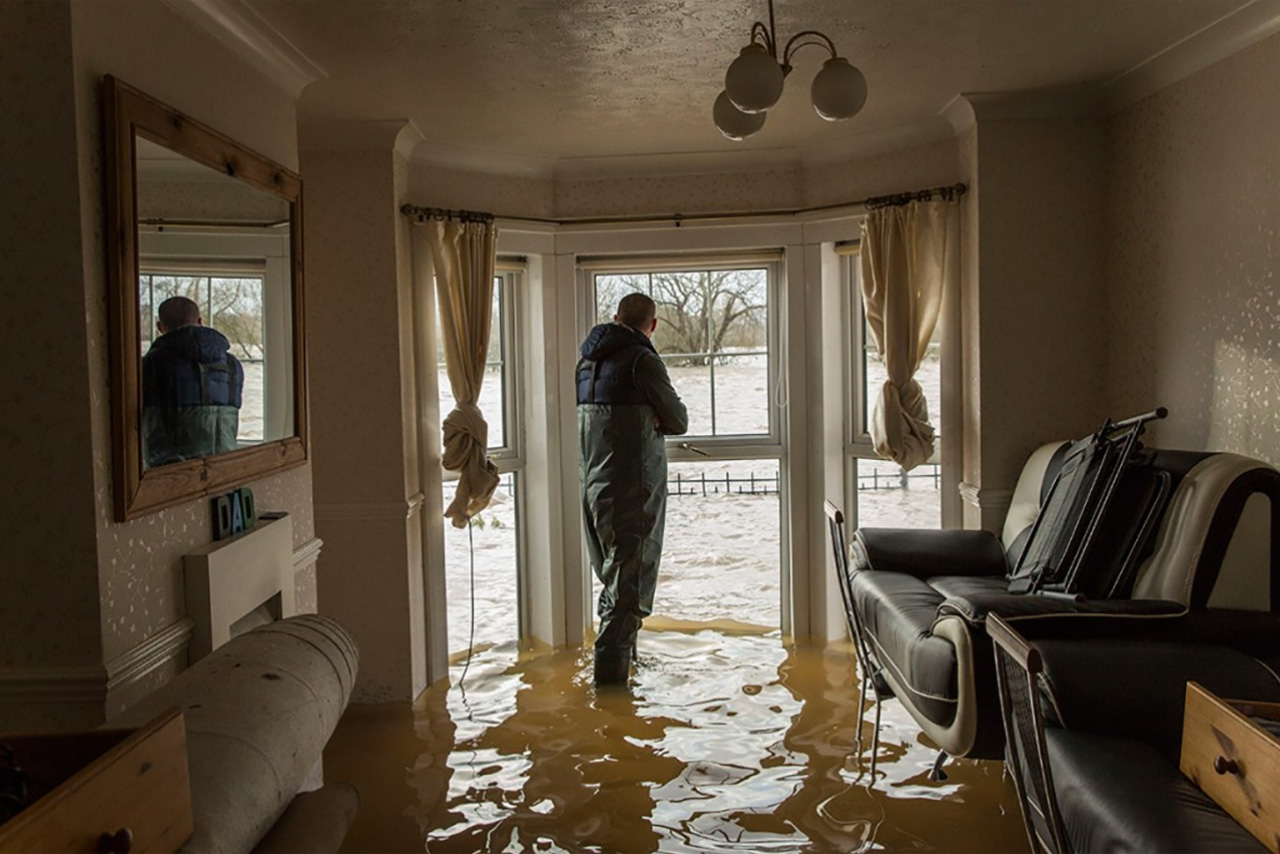
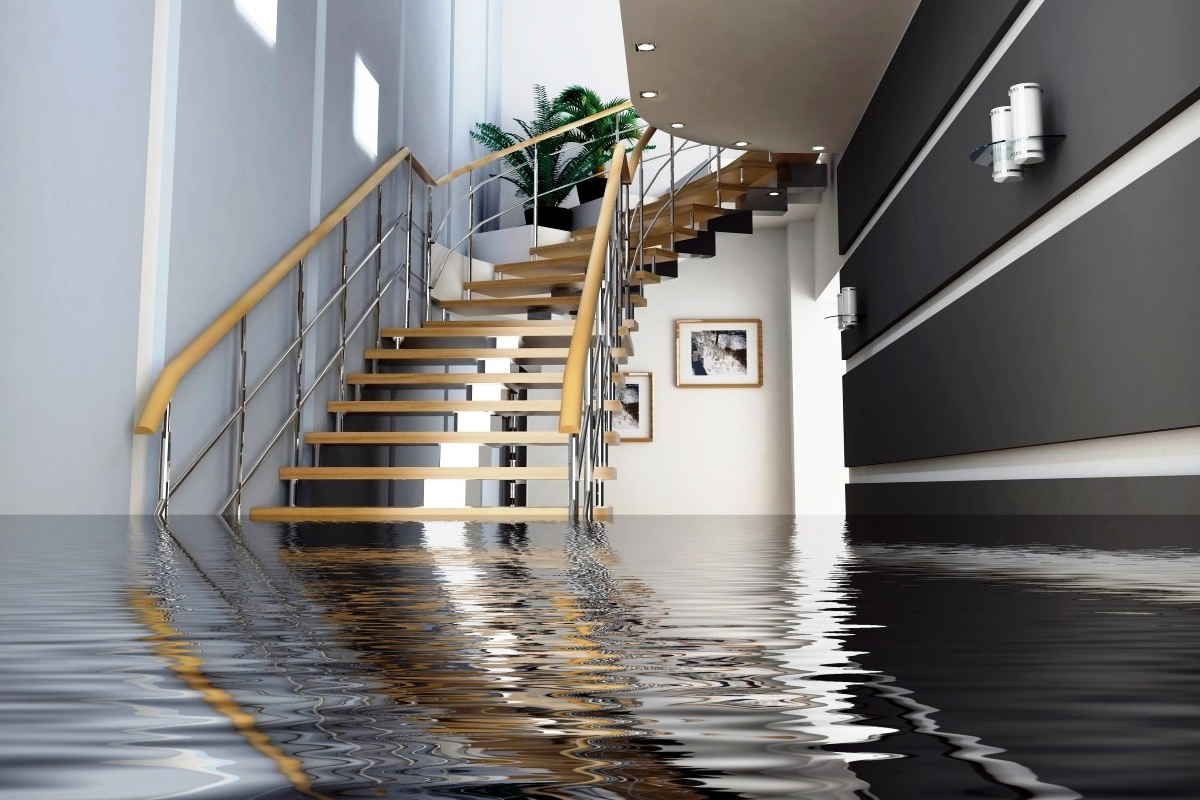

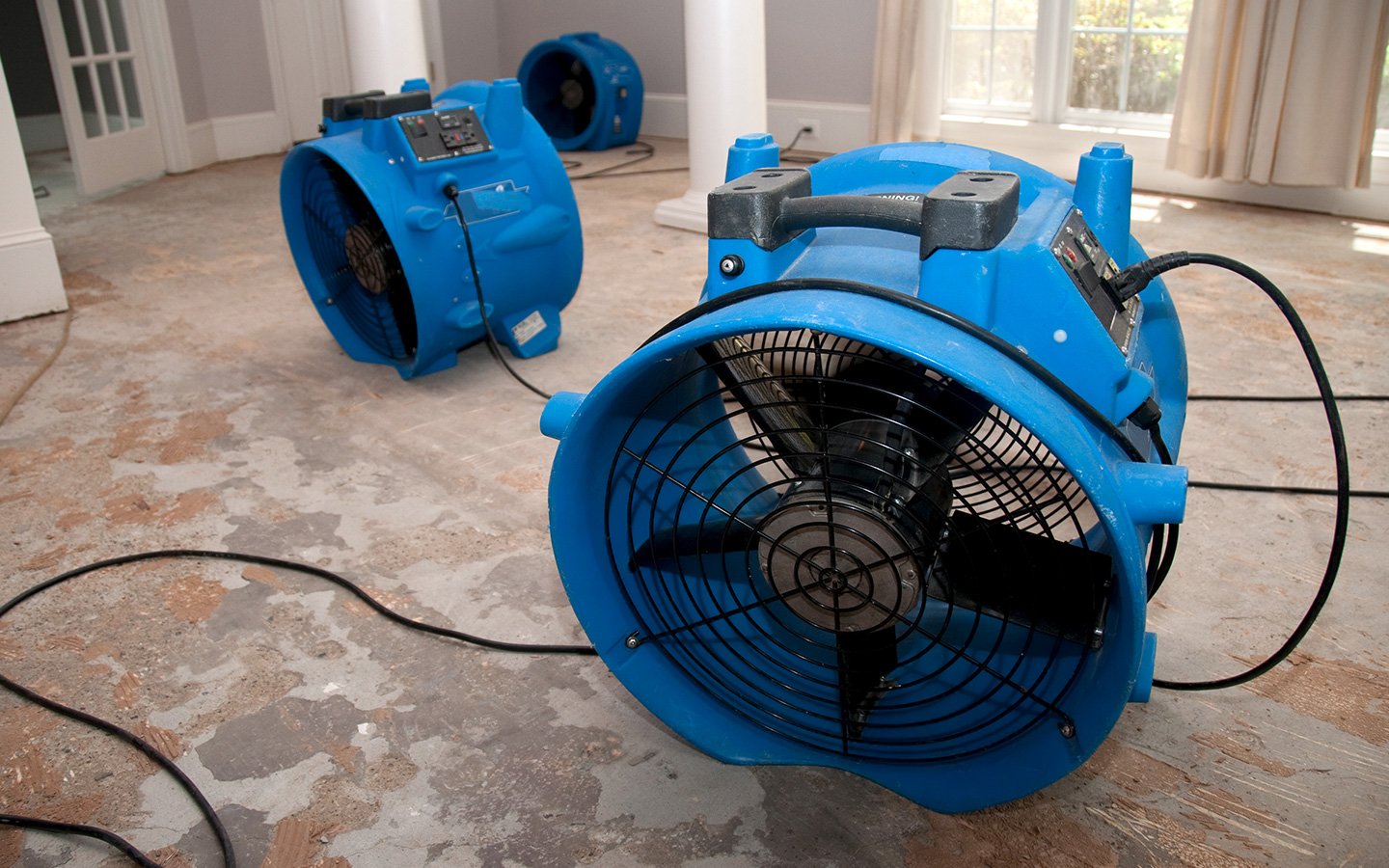
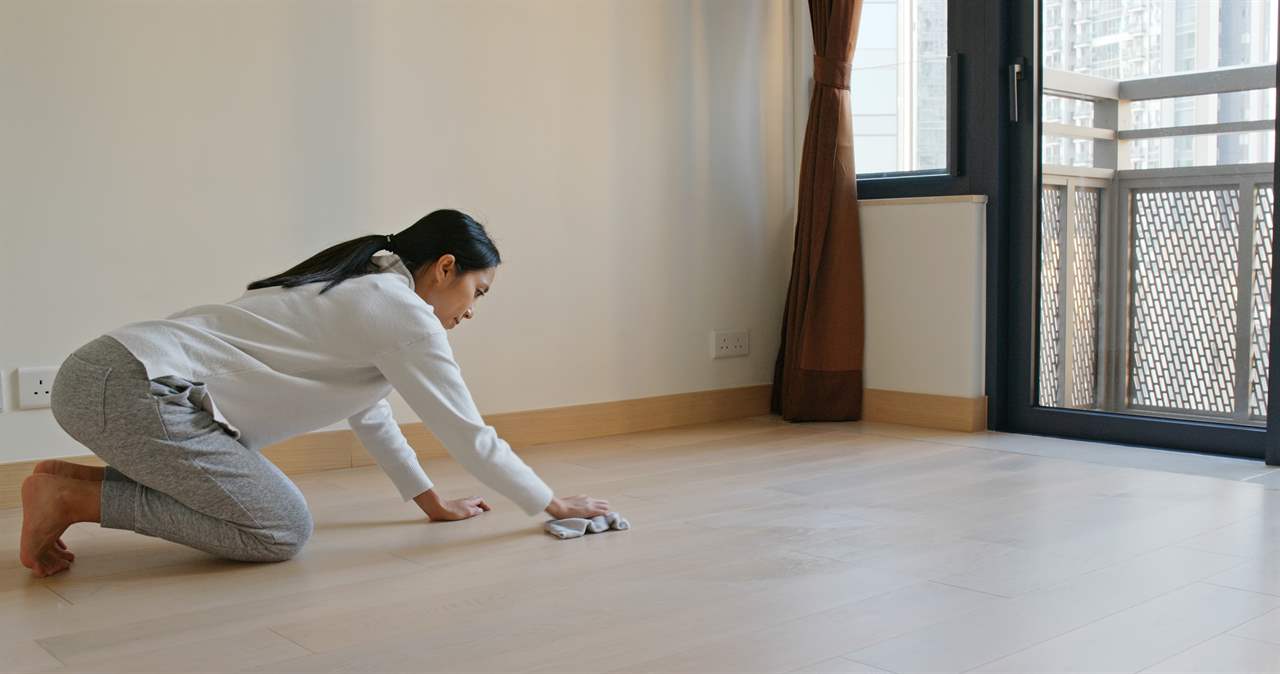
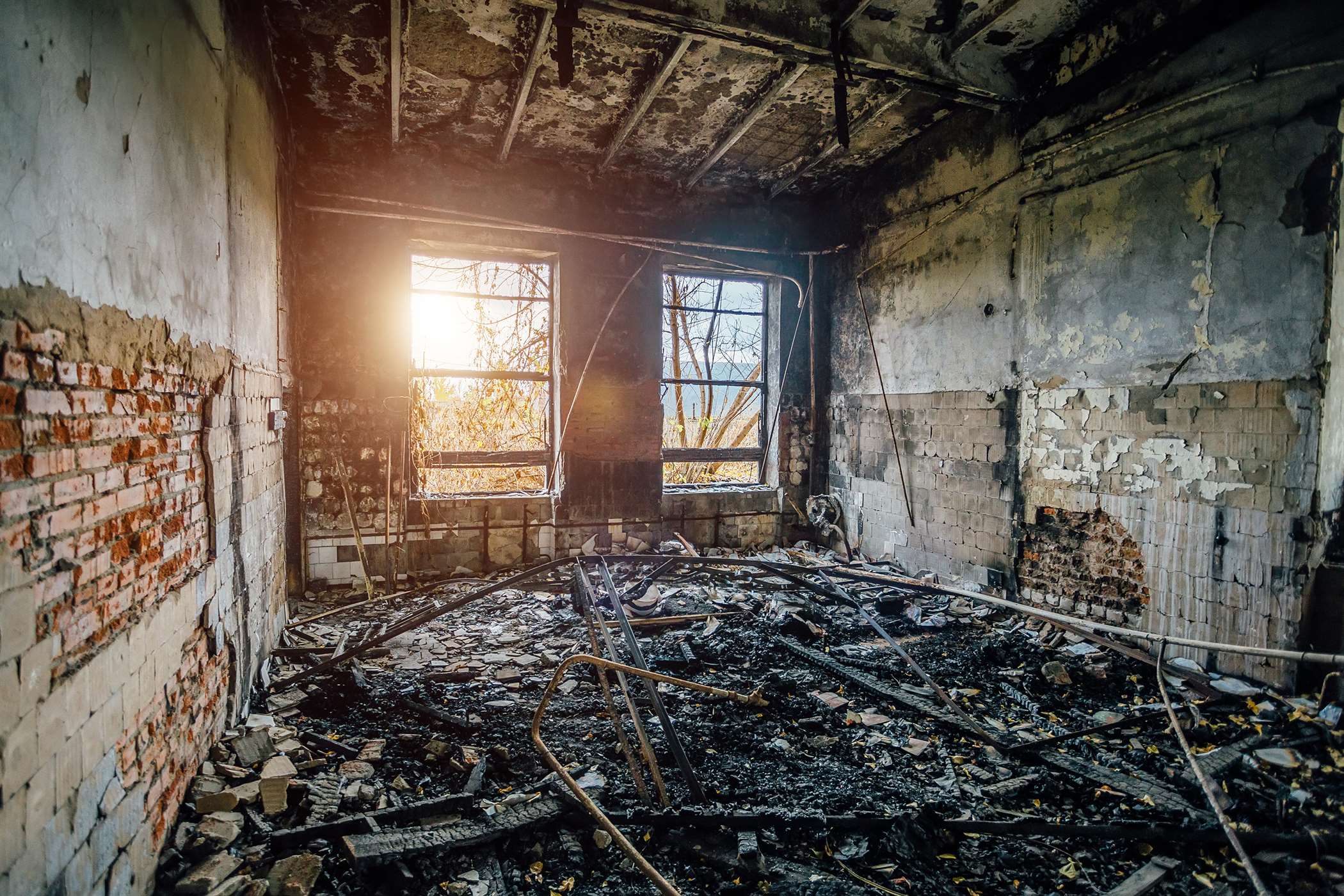
Leave a comment